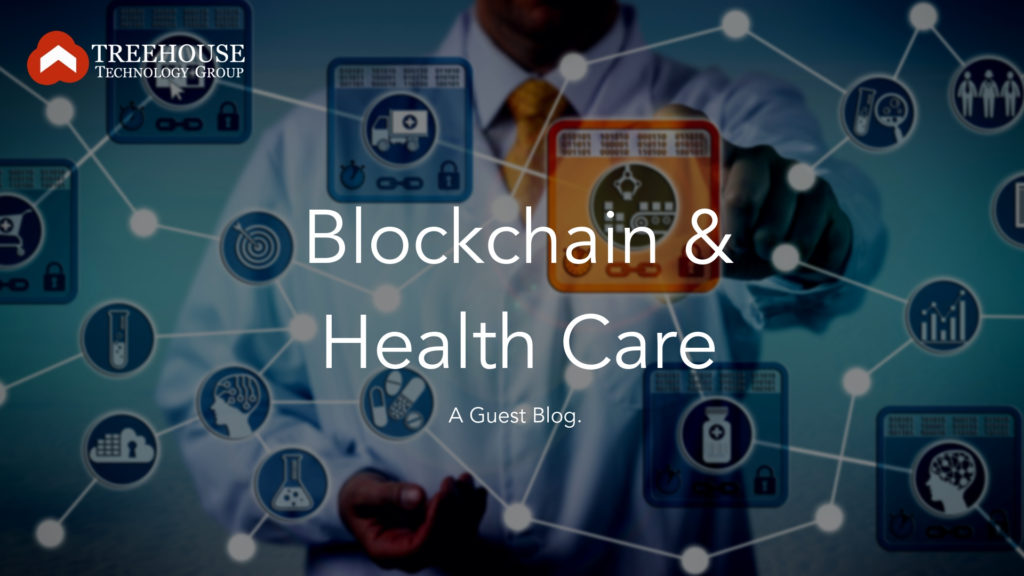A guest blog by Bernard P. Wess, Jr.
In a recent article in McKinsey Digital, McKinsey ranked the value of blockchain technology by industry across two dimensions: Impact and Feasibility.
For the healthcare industry, the value and feasibility were racked nearly average and for the technology, media and telecom industries the value and feasibility were ranked above average (see Figure 1 below).

So, how should your healthcare enterprise rank the value of blockchain as a strategic technology asset?
McKinsey concluded that the greatest value in health care for blockchain would involve the use of distributed ledger applications: “Within healthcare, blockchain could be the key to unlocking the value of data availability and exchange across providers, patients, insurers, and researchers.”
Treehouse Technology is a leader in blockchain technology implementations and healthcare strategy so the company has special expertise in evaluating the immediate and long-term value of blockchain technology in health care and research.
Where does Treehouse Technology see the most value be generated by blockchain within healthcare in the short-term? We see the greatest value being derived through the use of blockchain in the management of remote (outside the hospital) medical devices as Internet of Things (IoT) devices and through the coordination of transactions from remote mobile applications on smartphones.
Immediate value can be derived through the adoption of blockchain as a “front-end” technology to ensure the accuracy of capture of medical device IoT and smartphone application transactions.
There is a great deal of telecommunications and operating system software between a transaction in a remote medical device or smartphone and the central databases. As Total Consumer Health Care becomes an important aspect of managing clinical and financial risks, more and more transactions will occur outside secure medical and healthcare facilities and across the Internet.
Blockchain in the short-term can add immediate value by capturing a transaction and ensuring it is always available for processing, regardless of the telecommunications environment of the transaction. This “store and forward” in near real-time model of transaction processing is very valuable in healthcare applications where reliability and validity of a transaction must meet the “five nines” standard, or 99.99999% transaction accuracy over a calendar year.
In the longer-term blockchain can serve as a foundation for positive identity and distributed Total Consumer Health Care databases that require accurate identification of patients and their distributed clinical data across research sites and medical facilities.
